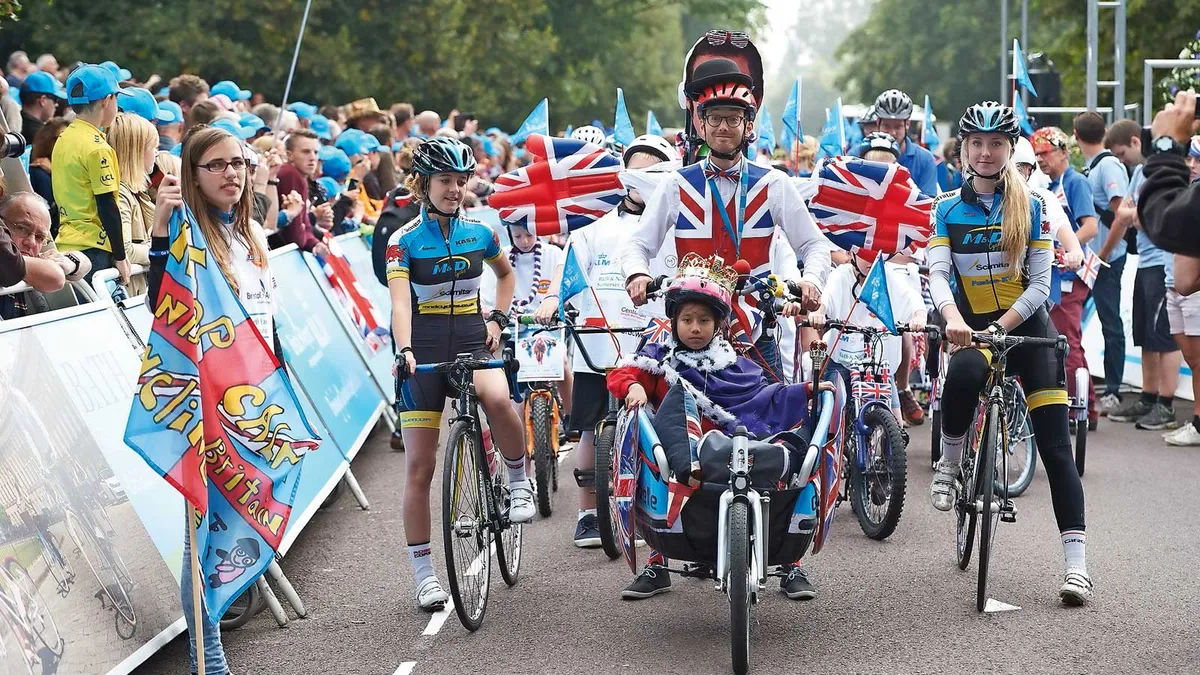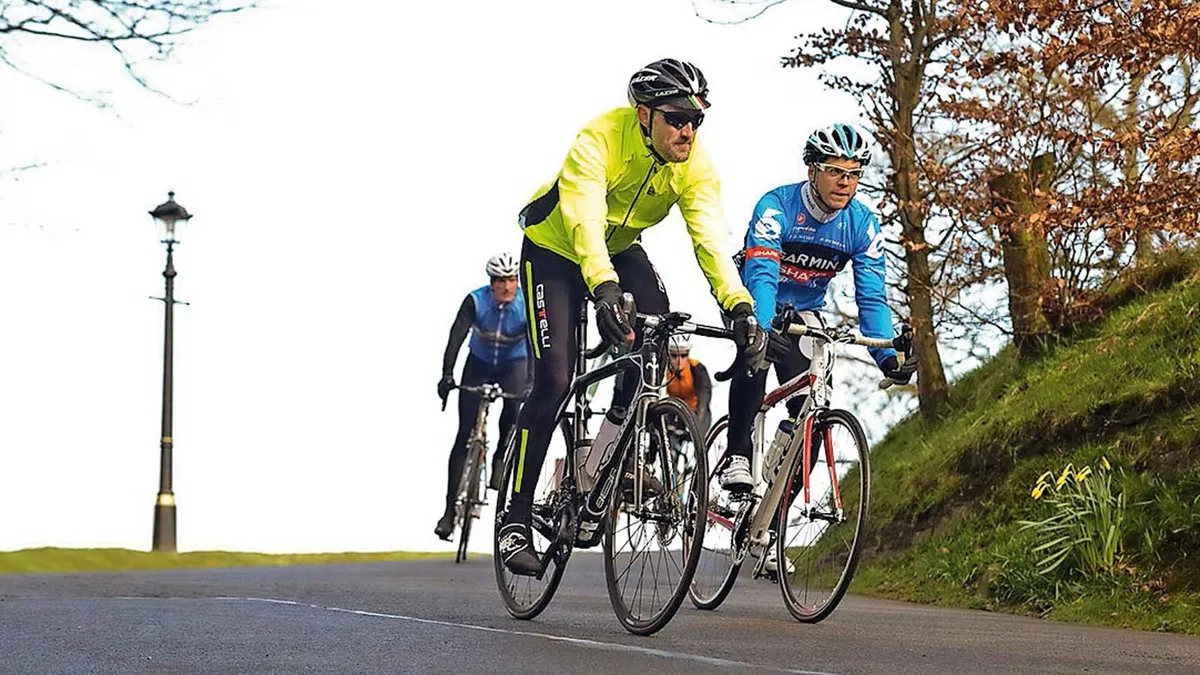The government's 10-year plan for cycling in the UK has been published today with the Department for Transport aiming to deliver a 'cycling revolution'.
Details of the newly announced Cycling Delivery Plan include:
- The aim to double cycling in the country by 2025
- Infrastructure developments
- Cycle-proofing roads and wider transport infrastructure
- Promoting cycling as an alternative to sustainable transport mode
- Short-term funding with the aspiration of eventually rising to £10 a head by 2021
- Giving guidance to engineers and other professionals working on transport infrastructure
- Central government working with local authorities via supporting tools and incentives, with priority for funding and expertise
The government hopes that both cycling and walking will become the norm for shorter journeys in the country, and by working closely with both local authorities and businesses it aims to raise funding from around £5 per person, as it now stands, to £10 per person within seven years.
Transport minister Robert Goodwill said: "This government is serious about making the UK a cycling nation. We have doubled funding since 2010, with £374 million committed between 2011 and 2015.
"We want cycling and walking to become the natural choices for shorter journeys, kick starting a cycling revolution that will remove barriers for a new generation of cyclists. This strategy provides a road map for the way forward."
However the national governing body for cycling, British Cycling, has criticised the new plans saying it 'falls short' of delivering the revolution hoped for. It also says that the new scheme 'does not commit any significant funding to make these actions a reality'.
Sustrans – a charity promoting travel by foot, bike or public transport – has also echoed these views.
Further criticism
A spokesperson for British Cycling added: "The government's cycling delivery plan arrives 14 months on from the Prime Minister’s announcement about his ambition to see a ‘cycling revolution…which would 'remove the barriers to a new generation of cyclists.’ While the plan is welcome, it falls short of being able to deliver the Prime Minister's ambition.
"“The plan does not commit any significant funding to make these actions a reality – it talks about an aspiration to reach £10 per head by 2021. £10 per head is the widely recognised as the minimum starting point for targeted investment to improve the cycling environment in order to grow levels of cycling.
“The plan's target to 'double' participation levels of cycling in ten years, while laudable, is nowhere near the level of 10% recommended in the All Party Parliamentary Group's Get Britain Cycling report. Without stretching targets, local councils will not feel compelled to invest resources in removing the barriers to cycling."
The body also fears that the plan 'lacks the necessary clout to enable ministers to see through these changes'.
Lacking in ambition
Sustrans policy director Jason Torrance has supported the views of British Cycling. He said: "Today’s aspiration to explore an investment of £10 per head for cycling is a welcome step in the right direction, but the most vital ingredients for cycling’s success are missing from the plan.
“Without any indication of where this money will come from and with targets that are too distant and lacking in ambition, today’s announcement is more of a wish list than a plan."
Sustrans have called for existing funding to make up the shortfall to £10 a head and more robust targets to be set.

With cycling's popularity at record levels, critics have called on David Cameron to deliver more
Meanwhile, British Cycling's policy advisor Chris Boardman said: “The long-awaited cycling delivery plan is an unmissable opportunity for the government to put their money where their mouth is and truly give us the cycling revolution promised by David Cameron.
"We need to see an annual budget of at least £10 per head. If George Osbourne isn’t convinced he just needs to look at British Cycling’s research paper which shows £17 billion savings for the NHS and a 25% increase in the mobility of our nation’s poorest families. This isn’t just about cycling, it’s about creating better places to live.”
Measures such as updating national design standards and reviewing the driving test, meanwhile, were welcomed by British Cycling.
